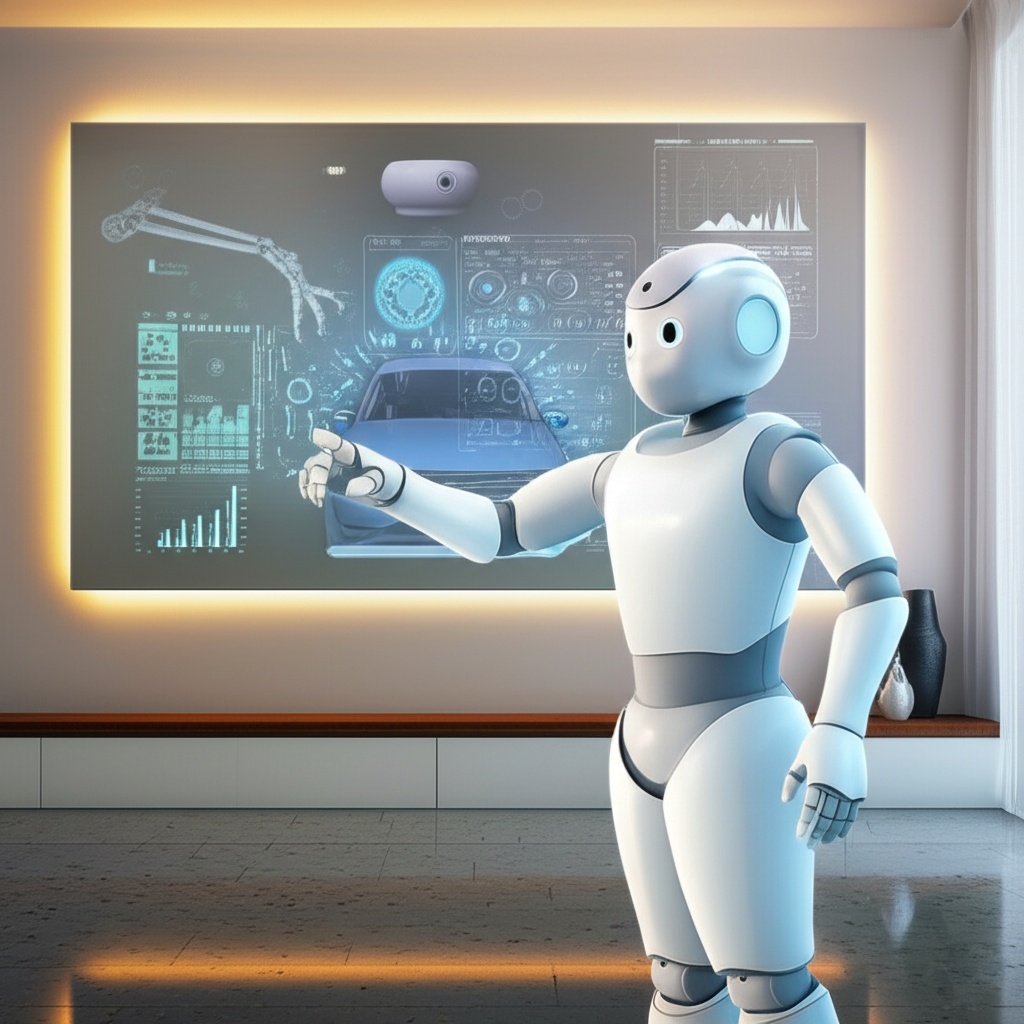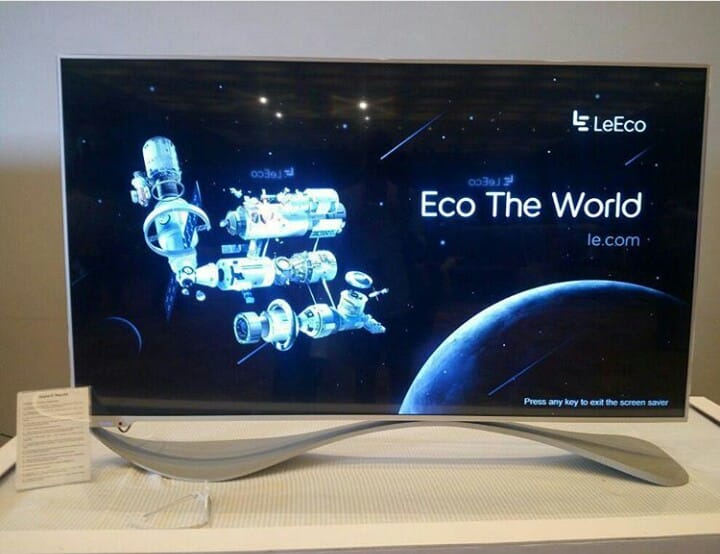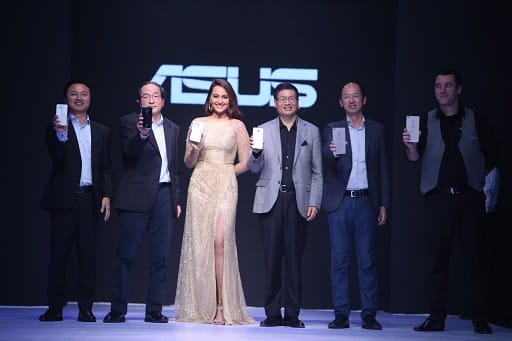The living room in a typical Indian household today tells a different story from what it did even five years ago. Where once stood a simple television set now sits an AI-powered entertainment hub that anticipates viewing preferences. The air conditioner no longer runs on preset timers but learns from daily routines, adjusting temperature before anyone reaches for the remote. This transformation extends beyond mere automation to intelligent systems that understand context, adapt to individual needs, and seamlessly integrate into the fabric of daily life.
Revenue in the Smart Home market is projected to reach US$7.3bn in 2025 in India, marking a significant shift in how consumers interact with technology. This growth reflects a broader transformation where artificial intelligence moves from being a buzzword to becoming an invisible assistant that enhances every aspect of home life.
Table of Contents
The AI Revolution Takes Root in India
“India’s consumer tech landscape is undergoing a true AI transformation, moving beyond basic automation to intelligent systems that genuinely understand context and adapt to individual needs. We’re seeing a shift from surface-level AI features to meaningful innovations that address real-life challenges and enhance daily productivity—something Indian consumers increasingly value,” observes Rajeev Singh, Managing Director, BenQ India and South Asia.
This sentiment echoes across the industry as companies recognise that Indian consumers, particularly in Tier 2 and Tier 3 cities, are embracing smart technology at an unprecedented pace. AI-integrated products have now captured customer attention like never before. This shift is largely driven by Indian consumers’ preference for efficient products that deliver long-term cost savings and higher productivity.
Visual Intelligence Transforms Entertainment
The transformation in visual entertainment exemplifies how AI enhances rather than complicates the user experience. “At BenQ, we take a purposeful approach to AI integration. Our W2720i and W4100i projectors use AI-powered cinema modes that automatically adjust to ambient lighting and content, ensuring an optimal viewing experience without manual intervention. Similarly, our MOBIUZ gaming monitors leverage AI Contrast to intelligently enhance details in dark scenes while maintaining overall visual balance. We believe AI should solve real user problems, operate seamlessly in the background, and support—not replace—human creativity. Our technology is designed to learn user preferences over time, automatically fine-tuning display settings based on both content and environment. For us, AI isn’t just a buzzword; it’s an invisible assistant that anticipates needs and empowers users to express their creativity and enjoy immersive visual experiences in the most intuitive way possible,” adds Singh.
Pankaj Rana, CEO of Hisense India, shares a similar philosophy: “AI is no longer just a feature, it’s shaping how we live, interact, and make decisions every day. At Hisense India, we see AI as a real opportunity to simplify life at home. Whether it’s a TV powered by our Hi-View Engine or Toshiba’s Regza Engine ZRi that adjusts picture and sound automatically, or a system that learns your preferences to suggest content you’ll actually enjoy, our goal is to make technology feel less like tech and more like a natural extension of your lifestyle.”
He further explains, “We’ve also taken this thinking into our products where features like AI Energy and AI Scenario quietly do the work in the background, learning how you use your devices and adapting to fit your routine. At the end of the day, we’re not just building products with smart features. We’re building products that are smart about people. And that’s what drives us every day.”
Democratising Smart Living
The vision of smart living extends beyond premium segments. Ravi Agarwal, Founder and Managing Director of Cellecor Gadgets Limited, emphasises accessibility: “At Cellecor, we believe smart living should be simple, intuitive, and accessible to every Indian household. Our mission is to democratize technology by designing products that meet the real needs of consumers across Tier 2 and Tier 3 cities, where digital adoption is rising fast, and also resonate with value-conscious users in Tier 1 markets. Our smart TVs come equipped with voice assistance, screen mirroring, and app integration, offering a rich entertainment experience that’s both personalized and easy to use. Our smartwatches are packed with practical features like Bluetooth calling, health and fitness tracking, and real-time notifications, ensuring users stay connected and informed on the go. We see AI not just as a trend, but as a powerful enabler of meaningful innovation. We’re not just creating devices, we’re building experiences that align with how people live, work, and unwind. Cellecor is making smart living a reality for millions of Indians.”
Wearables Become Lifestyle Companions
The evolution of wearables demonstrates how AI transforms simple devices into intelligent companions. CP Khandelwal, CEO PR Innovations and Brand Custodian, Amazfit India, notes: “AI is no longer just a feature, it’s becoming the foundation of how consumers interact with technology. At Amazfit, we’re seeing this shift firsthand in how our smartwatches are evolving from passive health trackers to intelligent lifestyle companions. Features like offline maps powered by real-time location intelligence, adaptive battery optimization based on usage patterns, and advanced health monitoring, including heart rate variability and stress tracking, are all driven by AI to make the experience deeply personalized and proactive. In a world that values convenience, autonomy, and seamless integration, AI-enabled wearables like Amazfit are no longer accessories – they’re central to the connected, intuitive ecosystem of smart living.”
The Road Ahead
As CES 2025 showcased groundbreaking advancements in AI technology, including AI-powered gadgets like intelligent wearables, robotics powered by AI for personalized assistance, and generative AI applications transforming content creation and communication, the Indian market stands poised to embrace these innovations. The focus remains on creating products that solve real problems while remaining accessible to the diverse Indian consumer base.
The future of AI-powered smart living in India lies not in complexity but in simplicity. As these industry leaders demonstrate, success comes from understanding that technology should adapt to people, not the other way around. With the market expected to grow at a healthy 9% annualized rate through 2030, AI-integrated products will continue to redefine how Indians experience their homes, making smart living not a luxury but an everyday reality.











